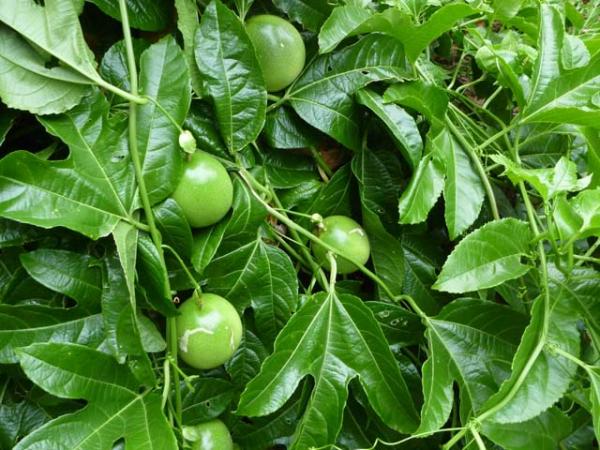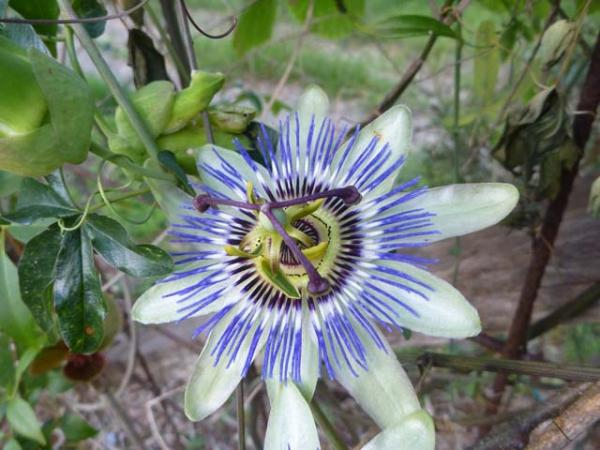Array
(
[0] => Array
(
[id] => 547
[is_published] => 1
[websiteID] => 5
[url] => /landscaping/too-much-rain.php
[page_status] => Published
[number_of_ads] => 2
[can_use_editor] => 1
[last_modified_date] => 2013-10-26 00:00:00
[last_modified_by] => Angela
[checked_for_duplicate_content] =>
[title] => Combating to much rain - 8 top tips
[heading] => Combating too much rain - 8 top tips
[meta_description] => Tips for the gardener on how to cope with lots of rain.
[article_category_1] => Landscaping
[article_category_2] =>
[article_category_3] =>
[article_category_4] =>
[article_category_5] =>
[business_category_1] => Landscaper
[business_category_2] => Nursery
[business_category_3] => Garden Designer
[business_category_4] => Landscape Architect
[business_category_5] =>
[number_of_google_mrecs] => 0
[show_google_ad_bottom_of_page] => 0
[show_get_quotes_top_of_page] => 0
[show_get_quotes_rhs_of_page] => 0
[show_directory_search_widget] => 1
[show_trending_content_widget] => 1
[show_facebook_widget] => 1
[show_further_reading_section] => 1
[show_sponsors_section] => 0
[show_top_article_ad] => 1
)
[1] => Array
(
[id] => 202
[is_published] => 1
[websiteID] => 5
[url] => /gardening/native-grasses-dianellas-and-lomandras.php
[page_status] => Published
[number_of_ads] => 5
[can_use_editor] => 1
[last_modified_date] => 2013-09-16 00:00:00
[last_modified_by] => Alan
[checked_for_duplicate_content] =>
[title] => Native grasses and friends
[heading] => Native grasses and friends
[meta_description] => An exciting thing is happening in the world of Australian plants. Wild species that have tantalised gardeners in the past are now being improved to create a diverse palette of new varieties that offer all kinds of advantages. In particular, the necessity for water-wise, low maintenance gardens has inspired interest in plants that can be used as ground covers that will not only suppress weeds and erosion but also look fantastic.
[article_category_1] => Gardening
[article_category_2] =>
[article_category_3] =>
[article_category_4] =>
[article_category_5] =>
[business_category_1] => Landscaper
[business_category_2] => Nursery
[business_category_3] => Garden Designer
[business_category_4] => Landscape Architect
[business_category_5] =>
[number_of_google_mrecs] =>
[show_google_ad_bottom_of_page] =>
[show_get_quotes_top_of_page] =>
[show_get_quotes_rhs_of_page] =>
[show_directory_search_widget] =>
[show_trending_content_widget] =>
[show_facebook_widget] =>
[show_further_reading_section] => 1
[show_sponsors_section] => 0
[show_top_article_ad] => 1
)
[2] => Array
(
[id] => 129
[is_published] => 1
[websiteID] => 5
[url] => /landscaping/garden-walls.php
[page_status] => Published
[number_of_ads] => 2
[can_use_editor] => 1
[last_modified_date] => 2014-04-28 00:00:00
[last_modified_by] => Angela
[checked_for_duplicate_content] =>
[title] => Choosing a garden walls in 6 easy steps
[heading] => Choosing your garden wall in 6 easy steps
[meta_description] => Learn about the various types of garden walls and how to select one that suits your requirements.
[article_category_1] => Landscaping
[article_category_2] =>
[article_category_3] =>
[article_category_4] =>
[article_category_5] =>
[business_category_1] => Landscaper
[business_category_2] => Nursery
[business_category_3] => Garden Designer
[business_category_4] => Landscape Architect
[business_category_5] =>
[number_of_google_mrecs] => 1
[show_google_ad_bottom_of_page] => 1
[show_get_quotes_top_of_page] => 1
[show_get_quotes_rhs_of_page] => 1
[show_directory_search_widget] => 1
[show_trending_content_widget] => 1
[show_facebook_widget] => 1
[show_further_reading_section] => 1
[show_sponsors_section] => 1
[show_top_article_ad] => 1
)
[3] => Array
(
[id] => 522
[is_published] => 1
[websiteID] => 5
[url] => /gardening/dealing-with-possums-in-the-garden.php
[page_status] => Published
[number_of_ads] => 3
[can_use_editor] => 1
[last_modified_date] => 2013-09-16 00:00:00
[last_modified_by] => Alan
[checked_for_duplicate_content] =>
[title] => Dealing with possums in the garden
[heading] => Dealing with possums in the garden
[meta_description] =>
[article_category_1] => Gardening
[article_category_2] =>
[article_category_3] =>
[article_category_4] =>
[article_category_5] =>
[business_category_1] => Landscaper
[business_category_2] => Garden Maintenance
[business_category_3] => Garden Supplies
[business_category_4] => Garden Designer
[business_category_5] => Garden Tools
[number_of_google_mrecs] =>
[show_google_ad_bottom_of_page] =>
[show_get_quotes_top_of_page] =>
[show_get_quotes_rhs_of_page] =>
[show_directory_search_widget] =>
[show_trending_content_widget] =>
[show_facebook_widget] =>
[show_further_reading_section] => 1
[show_sponsors_section] => 0
[show_top_article_ad] => 1
)
)
Helpful articles
Combating too much rain - 8 top tips
. Tips for the gardener on how to cope with lots of rain.
Native grasses and friends. An exciting thing is happening in the world of Australian plants. Wild species that have tantalised gardeners in the past are now being improved to create a diverse palette of new varieties that offer all kinds of advantages. In particular, the necessity for water-wise, low maintenance gardens has inspired interest in plants that can be used as ground covers that will not only suppress weeds and erosion but also look fantastic.
Choosing your garden wall in 6 easy steps. Learn about the various types of garden walls and how to select one that suits your requirements.
Dealing with possums in the garden.
Plant description
The passionfruit is a perennial, evergreen climbing plant that bears edible, interesting fruit following the very attractive flowers. It is a fast growing and vigorous vine that needs the support of a trellis, shed or fence, and can cover the support with thick lush growth. The plant sends out tendrils to support itself, so wire or string may be needed for the vine to cling to, if it is being grown on a hard surface such as a shed or solid fence. Pruning is not necessary, but plants can be pruned if needed to control the vigorous growth.
It should be planted in spring, and does best in good, moist soil with plenty of added organic matter, and regular fertilising through the warm months once the plant is established. Drying out of the plant will set back the growth. It should flower lightly in the first year, but will start prolifically bearing in its second year.
Fruit set may be affected by rainy weather, as the flowers need to be relatively dry to allow pollination. Pollination occurs in the mornings. Hand pollination of the flowers may be necessary if the fruit is not setting. A high nitrogen fertiliser is best when the plant is young, to feed the foliage growth. The addition of a fertiliser high in potash is beneficial at flowering and fruiting time. Older plants have an extensive root system, so be sure to apply the fertiliser in a wide area around the plant, not just close to the stem.
Additional plant information
Flowers
Flower colour: purple and white
Flowering season: spring summer autumn
Plant size
Maximum height: 5 metres
Minimum height: 1 metres
Maximum width: 5 metres
Minimum width: not specified
Sunlight, frost & salt tolerance
This plant will tolerate full or partial sunlight.
Medium frost tolerance.
Plant is salt tolerant.
Fauna attracting?
Not specified.
Climate
This plant species will grow in the following climates: cool, temperate, subtropical, tropical.
Soil types & conditions
Loam: moist, well-drained.
Clay: well-drained.
Sand: moist.
Diseases
Root rot in boggy conditions
Pests
Scale, whitefly
Miscellaneous information
Planting season: Spring.
Types of fertiliser: High nitrogen fertiliser when the plant is young, and a good fertiliser for fruiting plants when flowering begins, such as a citrus fertiliser..
Find a nursery
Search for another plant


